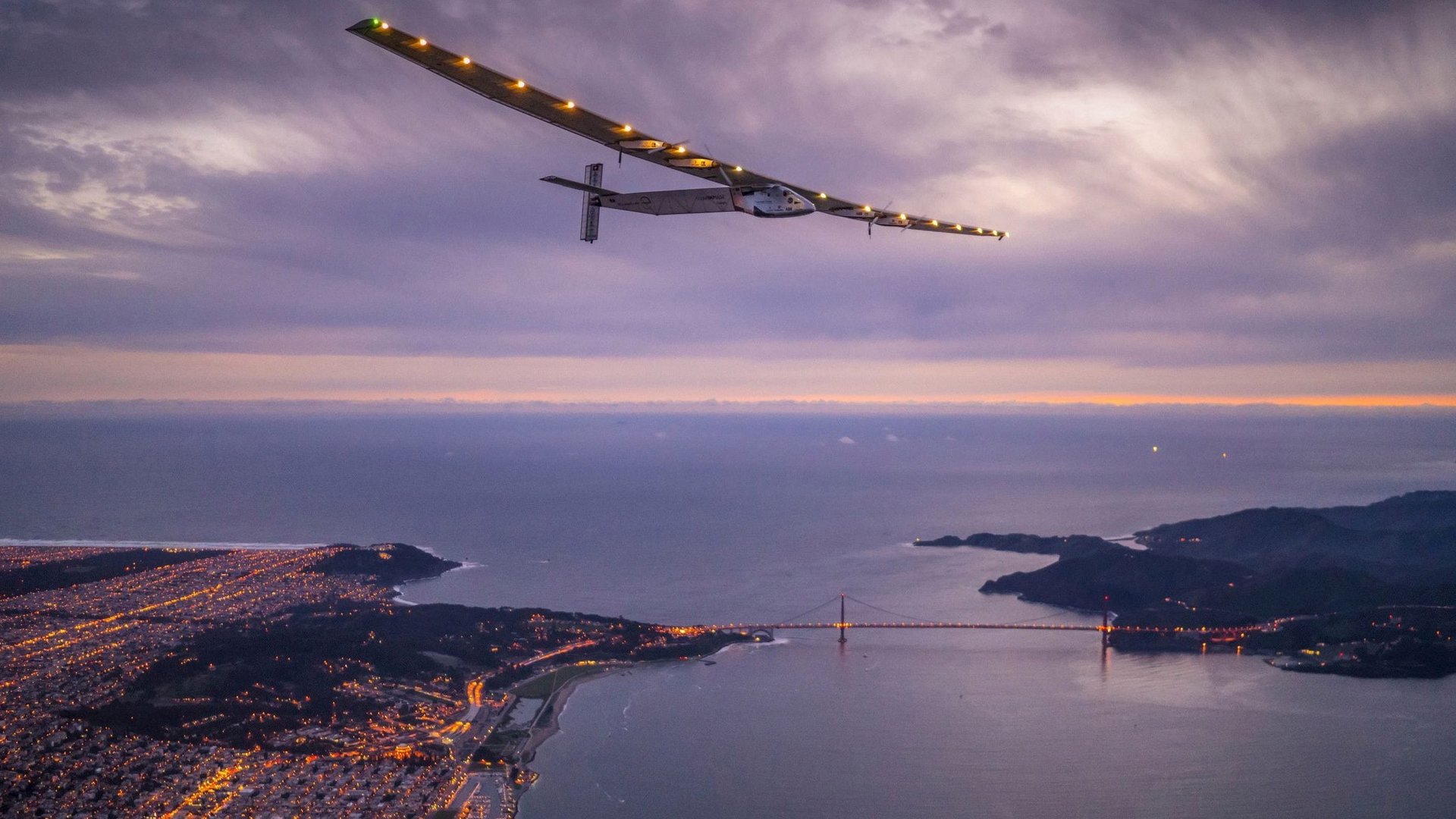California’s 2018 legislative blitzkrieg delivered its most ambitious climate policies ever
California’s politicians love the sun. Not to mention wind, biogas, batteries, microgrids, and every other energy invention that will help eliminate the state’s net greenhouse-gas emissions by 2045, California’s new ambitious goal.


California’s politicians love the sun. Not to mention wind, biogas, batteries, microgrids, and every other energy invention that will help eliminate the state’s net greenhouse-gas emissions by 2045, California’s new ambitious goal.
This past week, California governor Jerry Brown capped a marathon year for the state’s legislature by signing a flurry of laws passed earlier in 2018. Meeting a deadline to enact the bills, Brown’s signatures wrap up one of the most ambitious legislative sessions in California history, which could remake the world’s fifth-largest economy. The laws touch almost every part of the state’s energy and transportation sectors. Here’s a sample of what the most important bills do, according to the industry association Advanced Energy Economy.
- Commits the state to get 60% of its electricity from clean sources by 2030 and 100% by 2045 (SB 100). Analysts have called the measure “the most important climate law on the books in the United States,” according to MIT Technology Review.
- Extends incentives for distributed, self-generated energy such as wind, biogas, and fuel cells (SB 700).
- Allocates funds to modernizing and expanding electric-vehicle-charging infrastructure (AB 2145 and AB 2127).
- Eases weight restrictions for commercial electric vehicles to encourage fleet-wide adoption (AB 2061).
- Fast-tracks access to energy-efficiency programs for the state’s largest energy consumers (agriculture and industry) and allows more customers to purchase their power directly from independent sources rather than utilities (SB 237 and SB 1131).
- Directs utilities to commercialize microgrids for their customers by standardizing the process to connect customers’ microgrids with separate electrical rates and tariffs (SB 1339).
- Mandates approval (with exceptions) for the installation of electric-vehicle-charging access on rent-controlled properties (AB 1796) and gives low-income drivers with low-emission vehicles preferential access to carpool lanes (SB 957).
To top it off, Brown unexpectedly signed executive order B-55-18 (pdf) on Sept. 10, putting California’s economy on track to be carbon neutral by 2045. California must now not just eliminate greenhouse gas emissions from its electricity sector (which accounts for 16% of the state’s total emissions), but zero them out across the entire economy, including in manufacturing, transportation, and industry, among others. It’s a staggering goal. The order then instructs state agencies to achieve “net negative emissions” beyond 2045 by pulling carbon dioxide out of the atmosphere. The technology to achieve this at scale isn’t commercialized, and executive orders are less durable than laws. But it’s now the state’s official target.
California can thank the market for giving making such ambition feasible. A remarkable decline in the price of solar and wind energy, as well as a drop in battery-storage costs, had made reaching these goals not just possible, but cheaper and faster than legislators anticipated. Utilities are currently well ahead of the state’s targets of 25% renewables by 2020: renewables accounted for 27% of California’s electricity generation last year.
Not everyone is cheering the outcome. Gino DiCaro of the California Manufacturers & Technology Association warns that there will be a price to pay. DiCaro argues that sweeping, economy-wide legislation targeting climate change and energy in California is one reason the state’s manufacturing sector is currently growing at about half the rate as the rest of the country. “A good portion of [California’s] policies are making it easier to make long-term manufacturing investment decisions in other places,” says DiCaro. He argues that the electricity premiums industrial customers pay (as high as 80% above the national average) will undermine the state’s prosperity if prices aren’t kept competitive with the rest of the nation.
For now, the state’s economy is roaring. California’s gross domestic product equivalent topped $2.7 trillion last year, eclipsing the UK, and making the state the world’s fifth-largest economy according to Bloomberg. Its 4.9% increase year-over-year growth in GDP was double that of the US as a whole. The jobless rate is now the lowest on record for the state. Its per capita income is the top of the nation.
That likely won’t last forever. If hard economic times return—and they probably will—the state may face tough decisions about how much of its resources it’s willing to devote to maintaining its lead in the fight against global warming. For now, however, California has the spotlight.